New Model Reveals How Chromosomes Get Packed Up
The first theoretical model of condensin, a molecular machine involved in packing and unpacking chromosomes, accurately reproduces all known experiments with just two parameters.
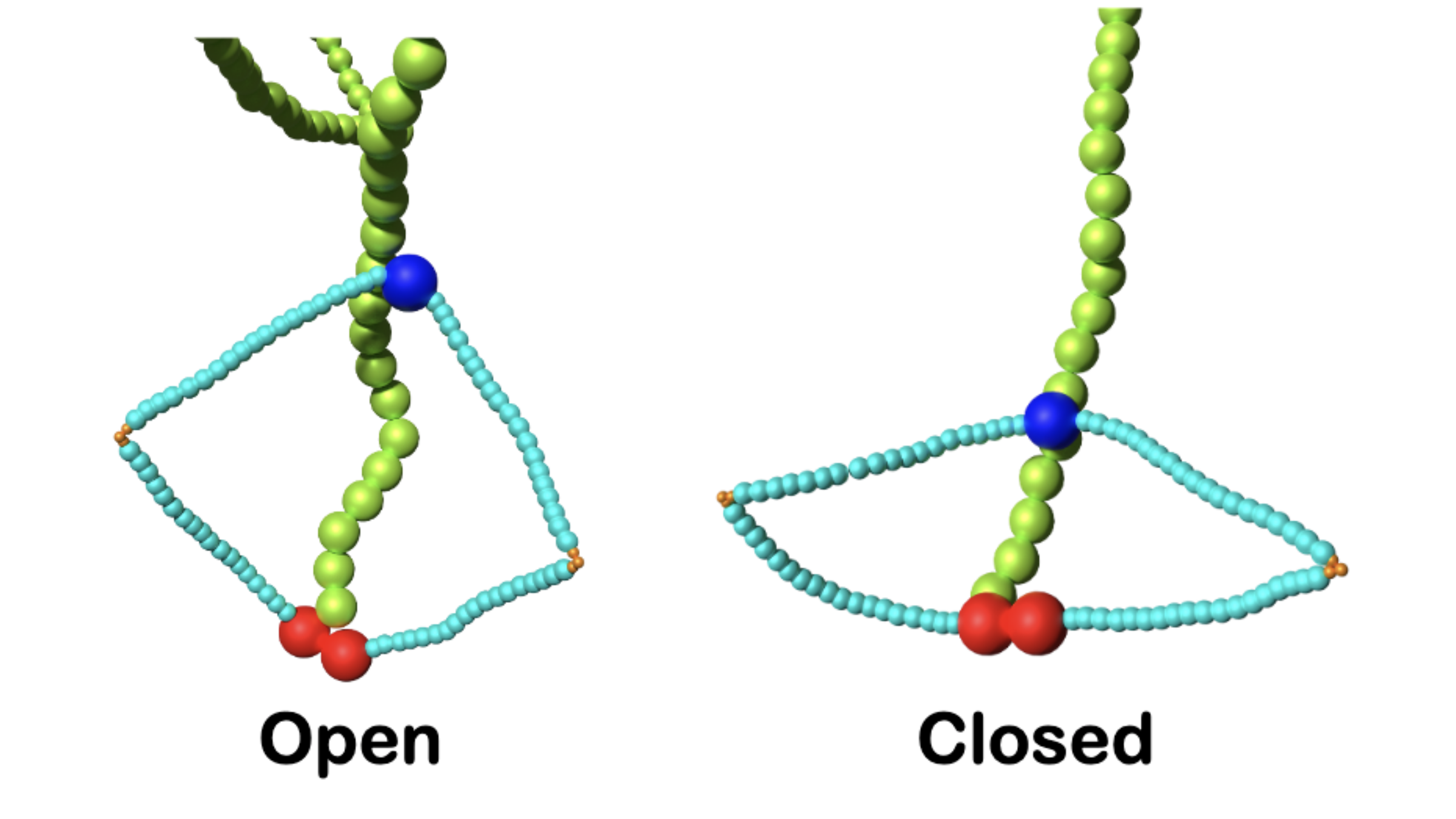
Electrochemistry Pioneer and Texas Science Legend Allen Bard Retires
Allen Bard chemist and founder of modern electrochemistry retires from The University of Texas at Austin.
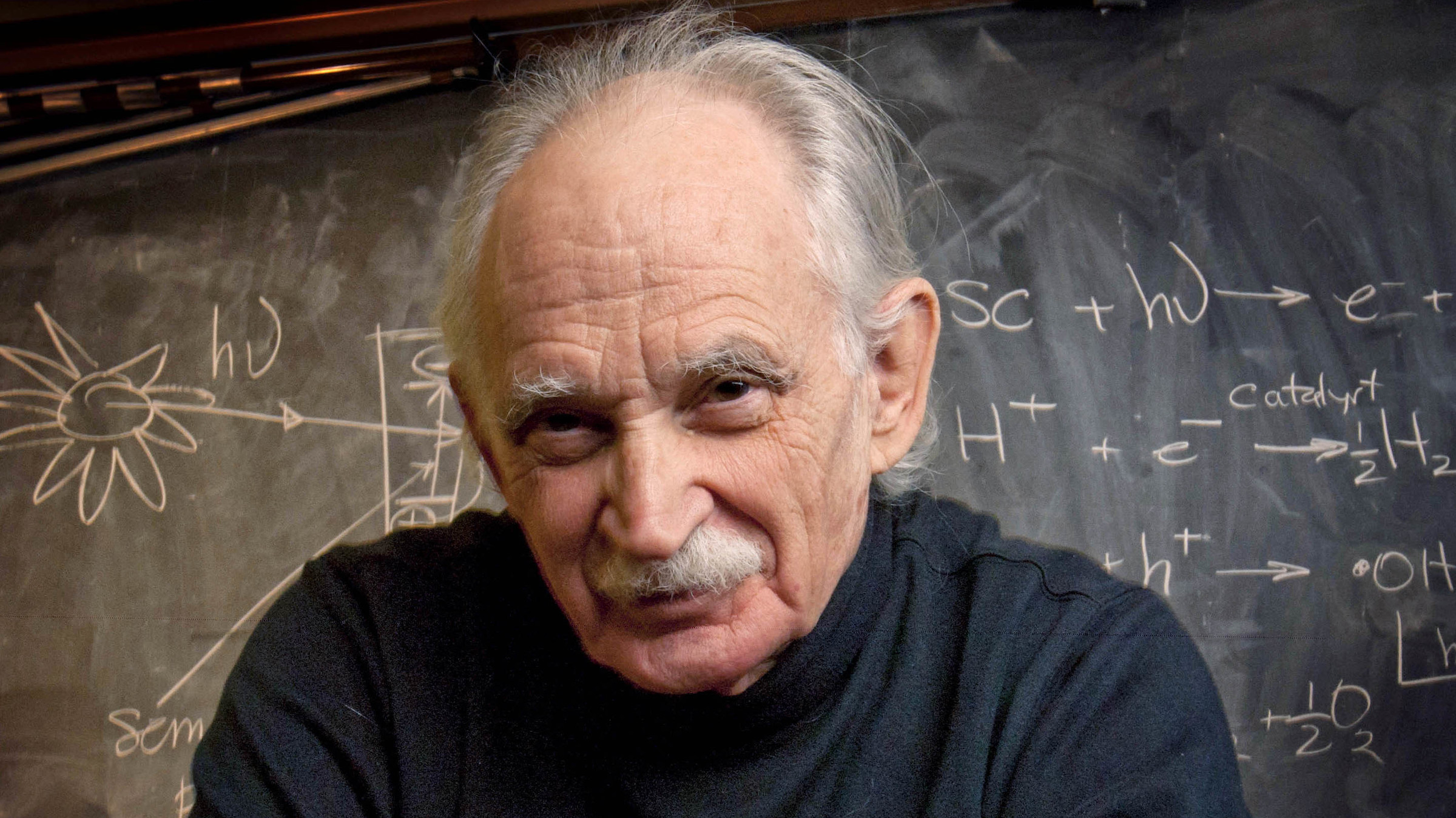
Three Natural Sciences Faculty Receive NSF CAREER Awards
UT Austin assistant professors in the Department of Computer Science and Department of Chemistry have been selected for NSF CAREER awards.

UT News
Fight Against Antibiotic-Resistant Bacteria Has a Glowing New Weapon
In the perpetual arms races between bacteria and human-made antibiotics, there is a new tool to give human medicine the edge.
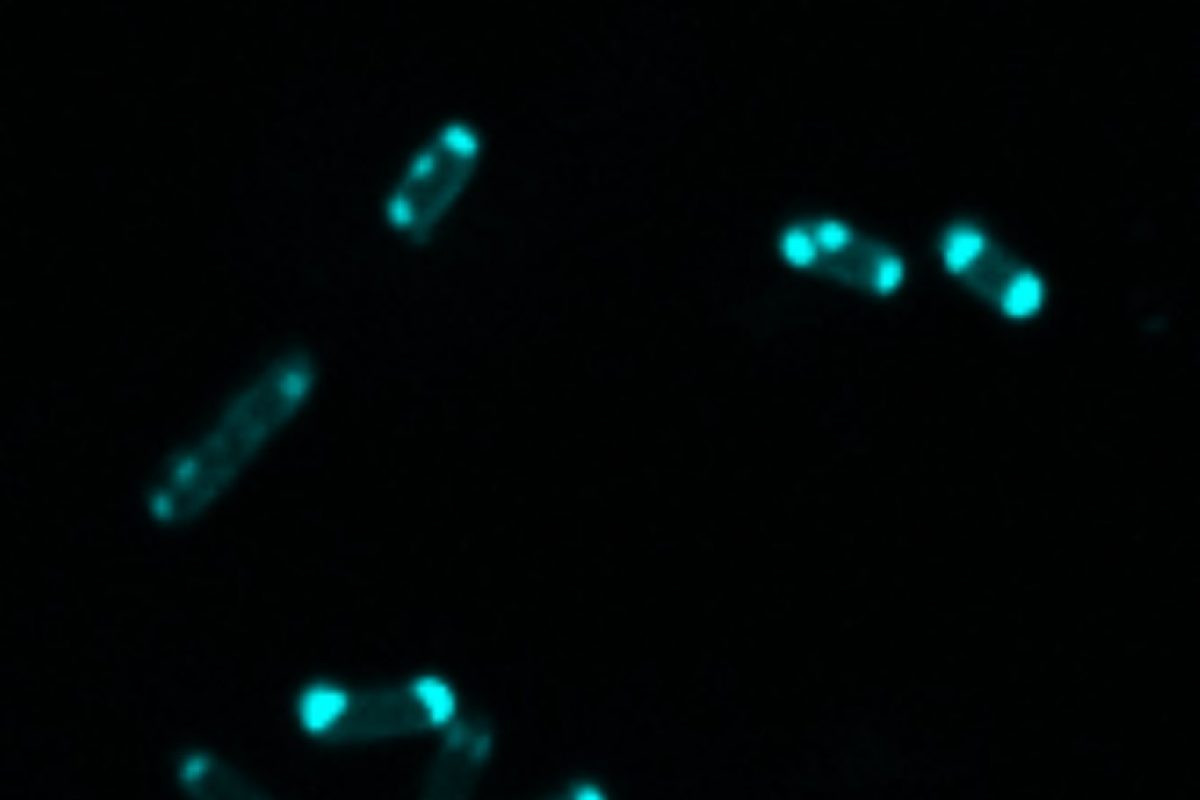
Honoring the Life of Marye Anne Fox, Former VP for Research at UT Austin
Marye Anne Fox’s work has had applications in materials science, solar energy and environmental chemistry.
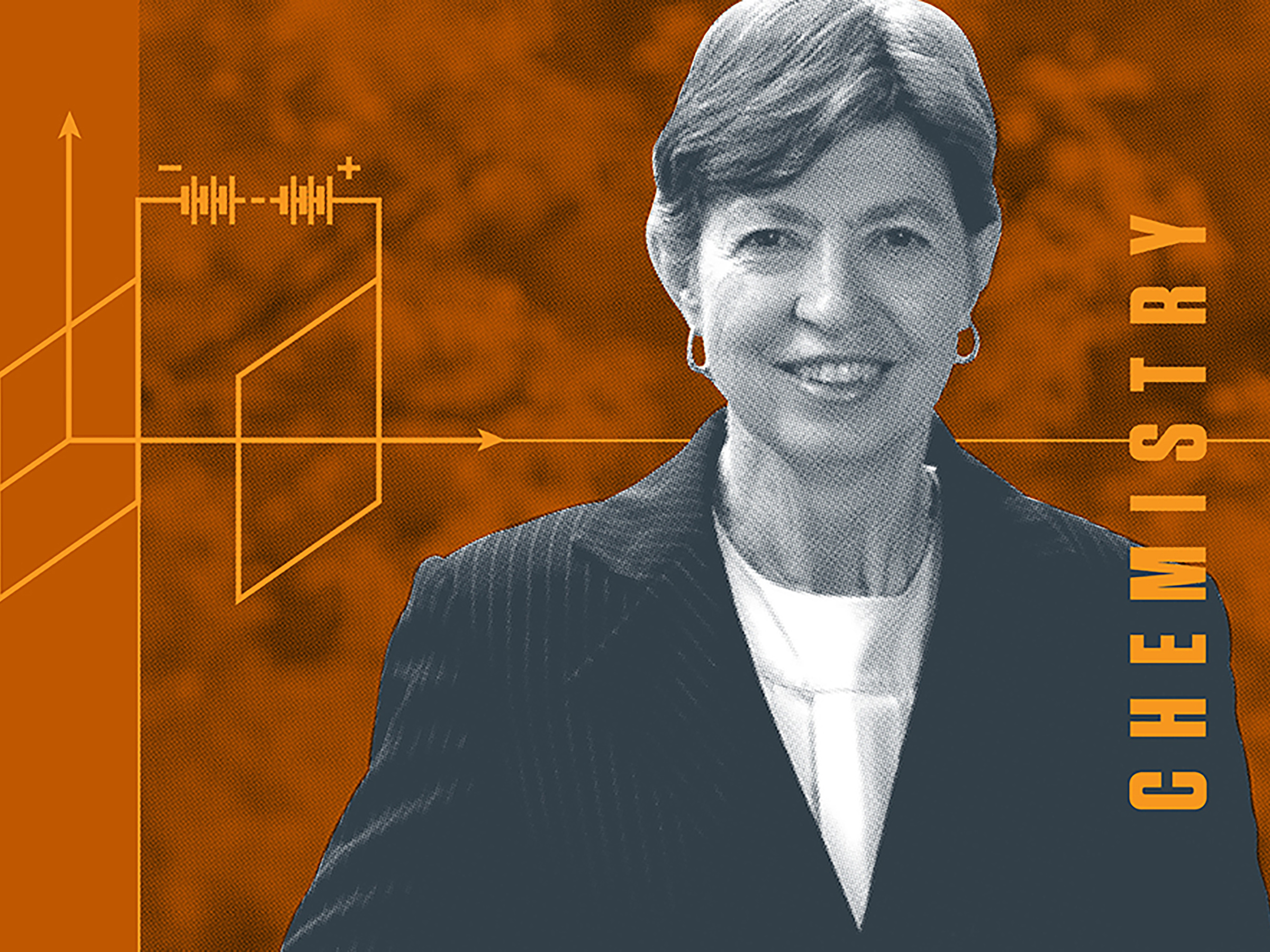
UT News
Jonathan Sessler Elected to National Academy of Sciences
Chemist Jonathan L. Sessler of The University of Texas at Austin has been elected to the National Academy of Sciences, the country’s most prestigious scientific organization. Election to it is one of the highest honors for American researchers.
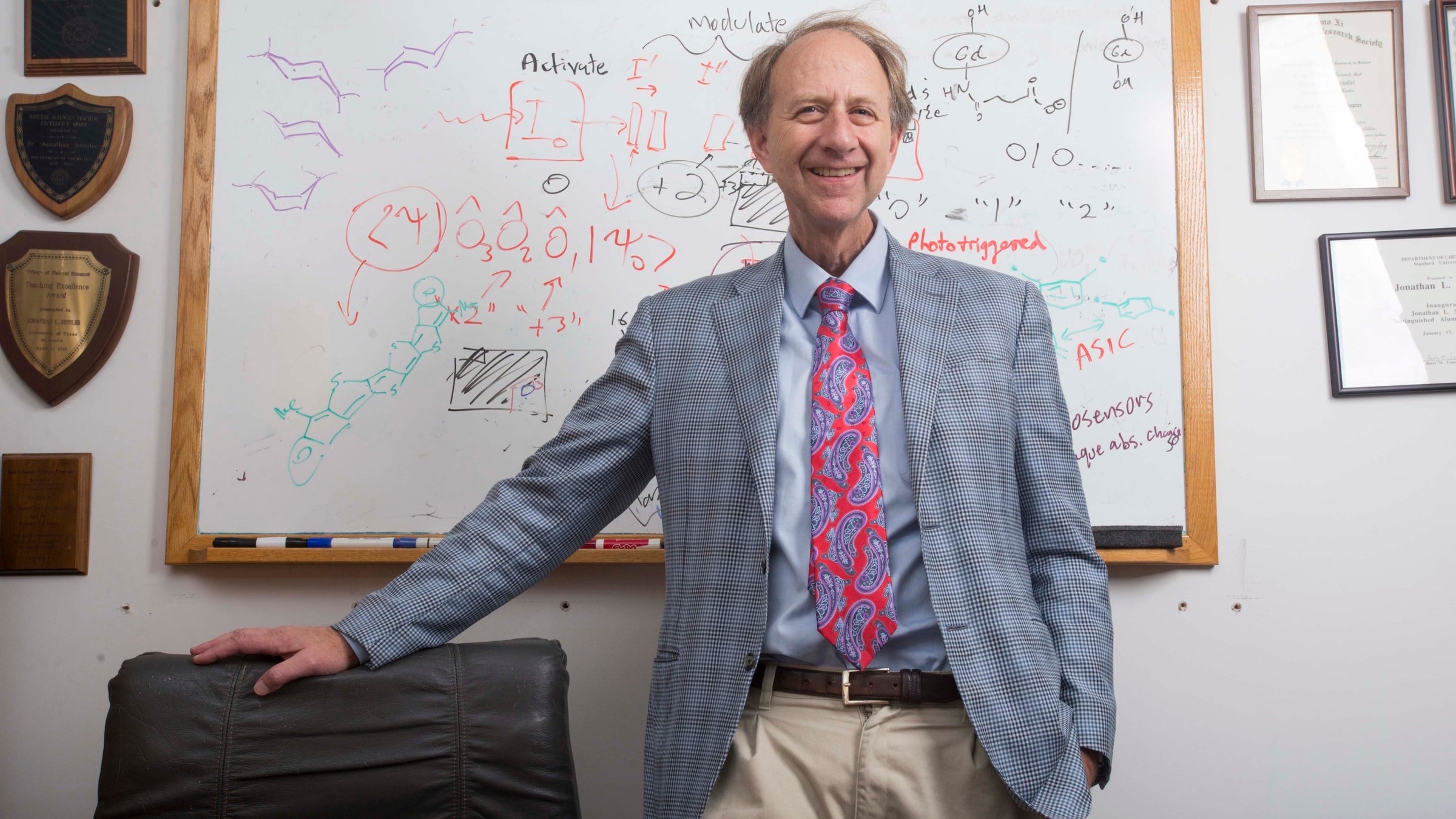
UT Chemistry Researchers Encode Jane Austen Quote in a Polymer
The technique, which relies on short polymers called oligourethanes, encodes information with greater density than DNA-based approaches
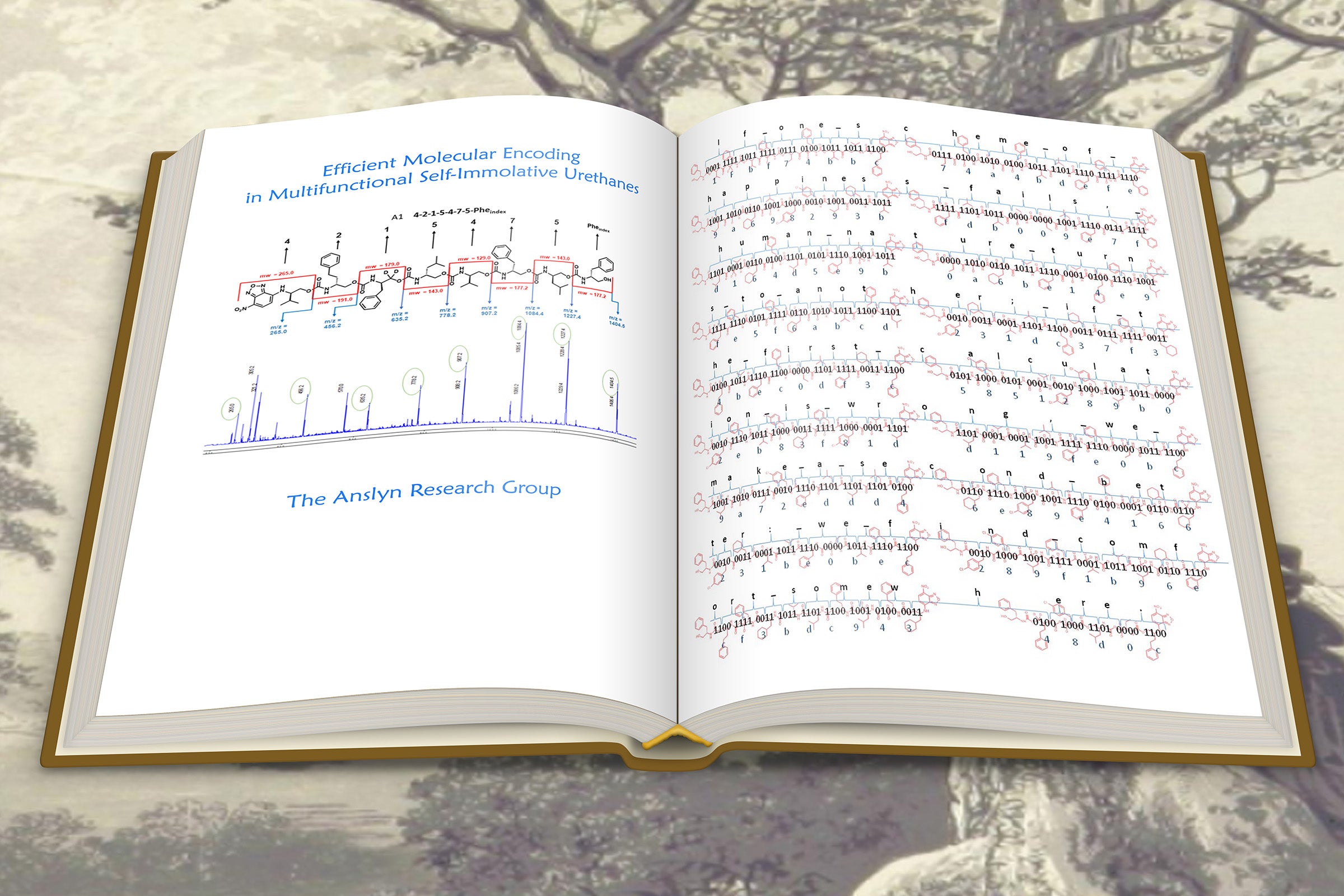
Four Natural Sciences Faculty Receive Sloan Research Fellowships
Carlos Baiz, Caroline Morley, Andrew Potter and Urbain Weyemi are among the 128 scholars from across the country selected by the Alfred P. Sloan Foundation to receive the 2021 Sloan Research Fellowships.

3D Printing with Visible Light Gets a Speed Boost
A team of University of Texas at Austin researchers led by chemistry assistant professor Zachariah Page demonstrated a fast and precise way to 3D print using visible light.
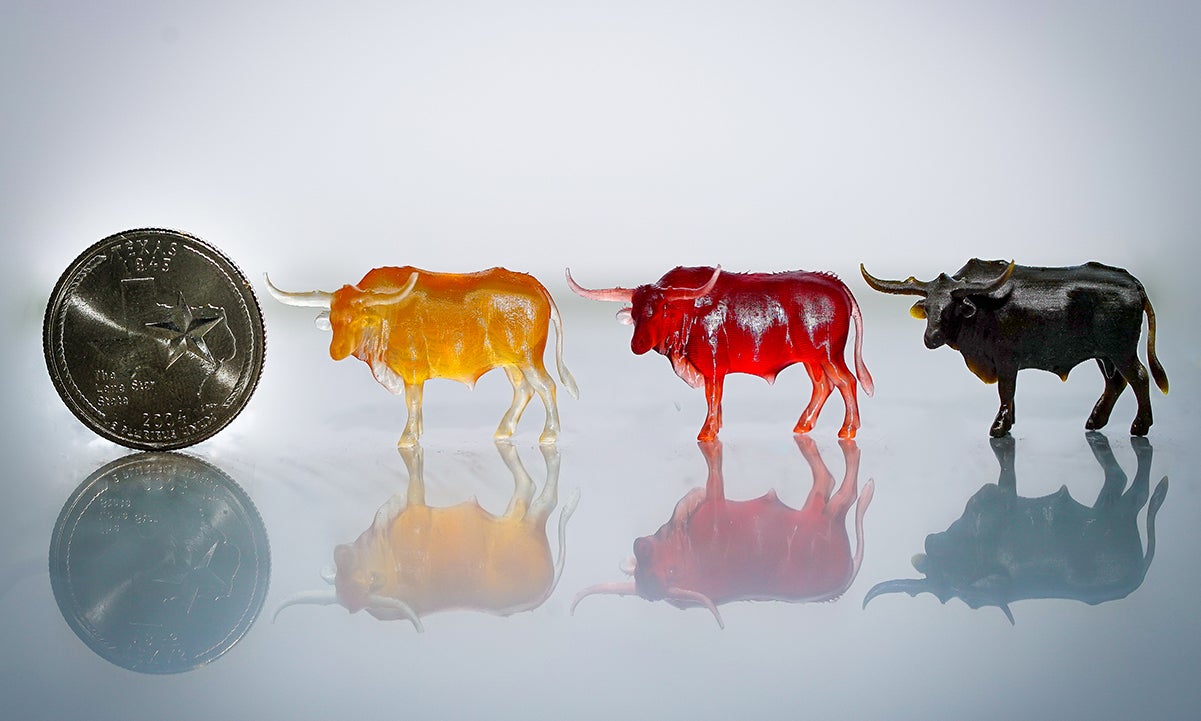
Eric Anslyn Receives Royal Society of Chemistry’s Centenary Prize
Chemistry professor honored for his work in chemical sensors and his teaching skills.

